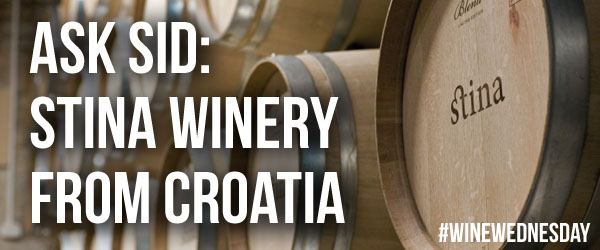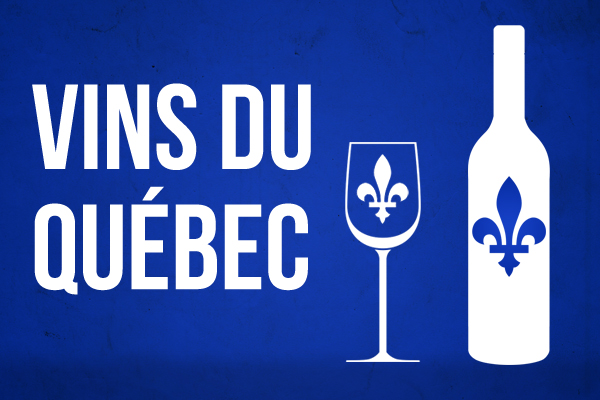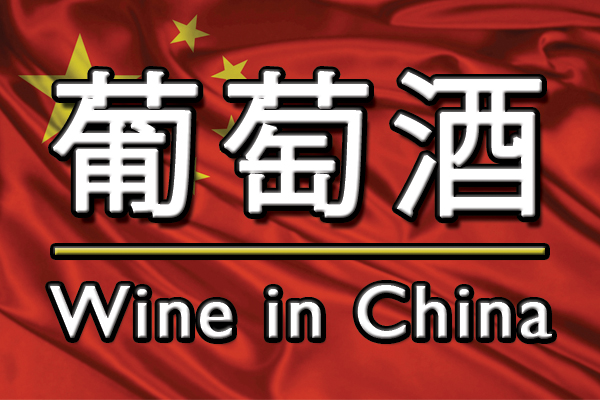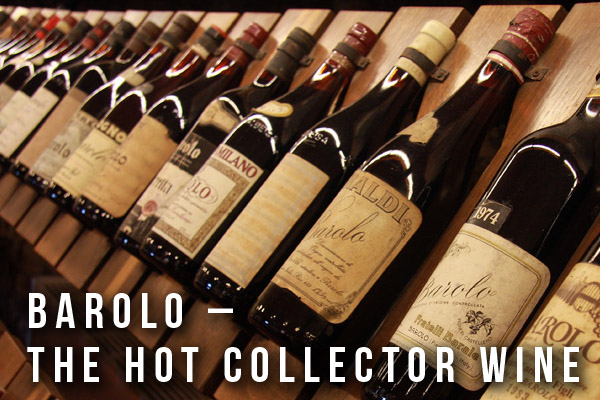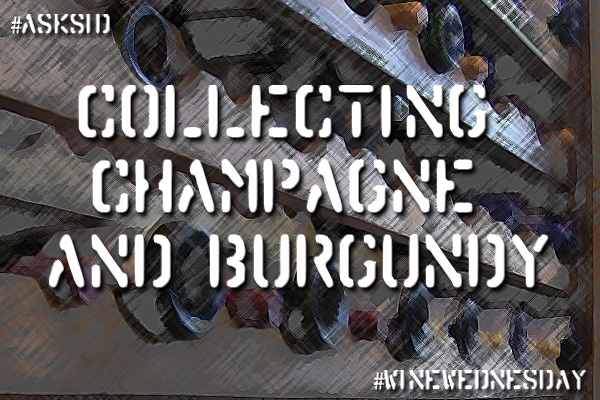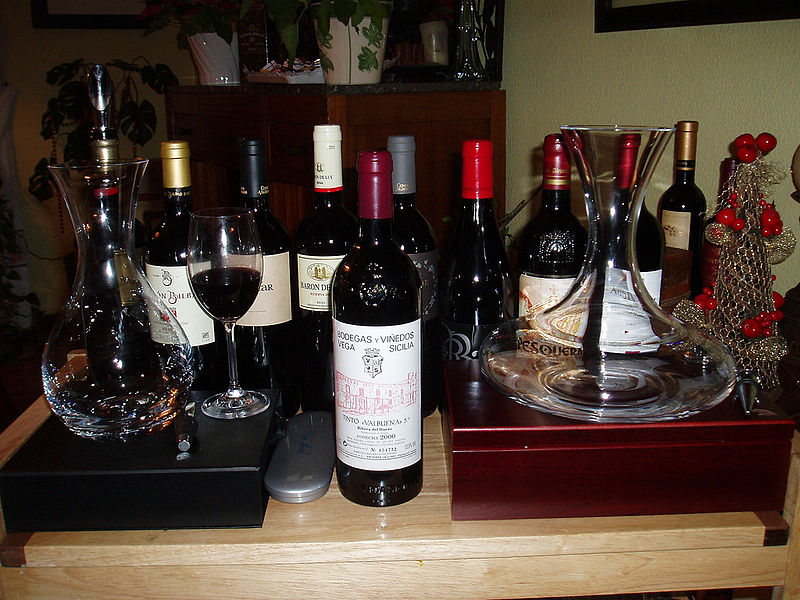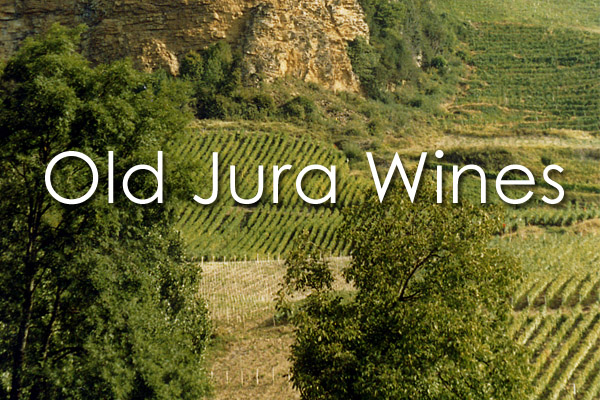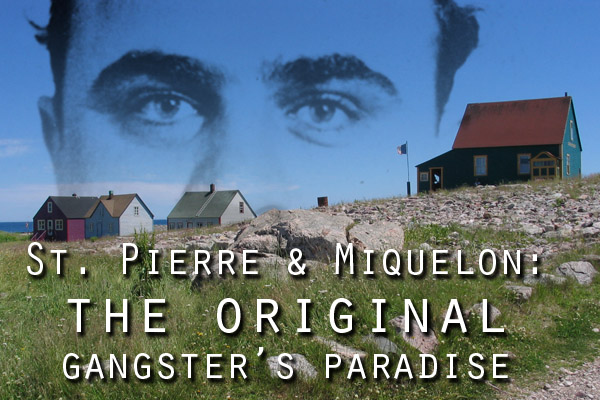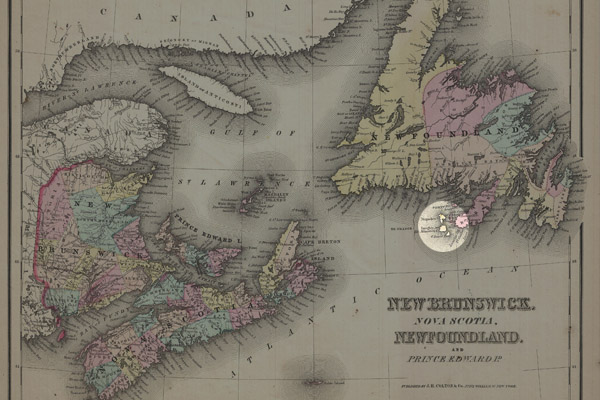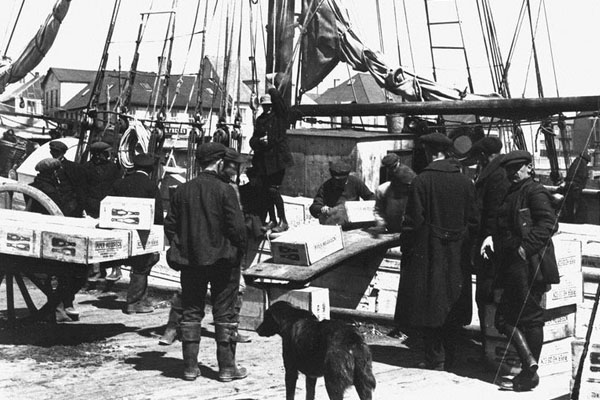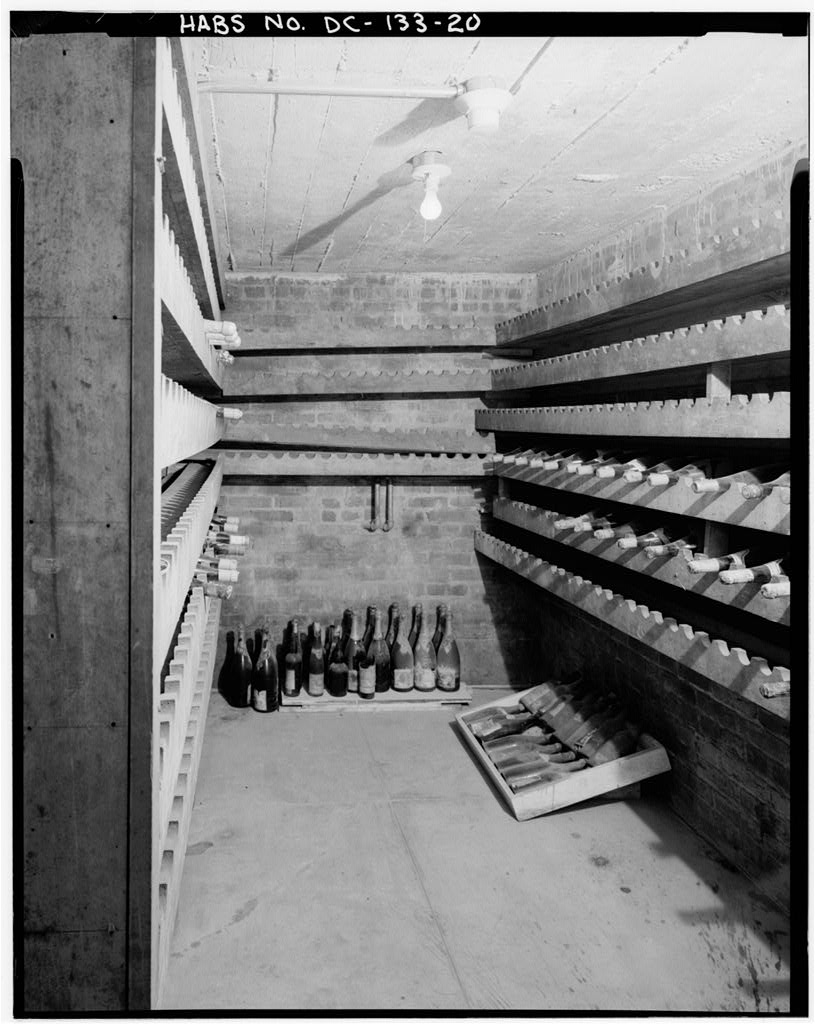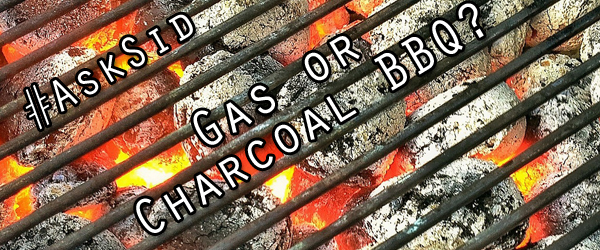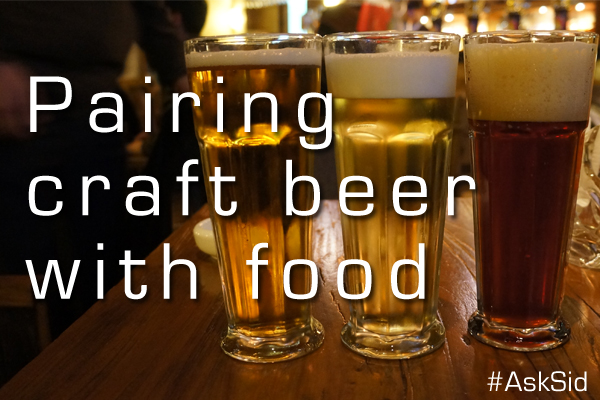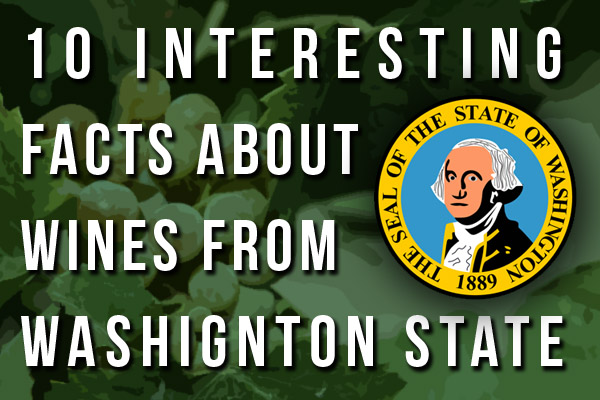
By Joseph Temple
There probably isn’t a greater success story in the history of American viticulture than what has transpired throughout Washington. That’s because in the decades following prohibition, the Evergreen State was largely known for producing a lot of uninspiring fortified wines and growing mostly Concord grapes. But fast forward to the present and Washington is now home to twelve American Viticultural Areas (AVAs) and their many wineries have gone on to win numerous awards.
At the International Wine & Food Society, we are proud to have a branch in the city of Spokane and just last week, the Dallas Branch hosted an event dedicated to the state’s wine industry. So for this week’s entry, have a look at ten interesting facts about the wines from Washington State.
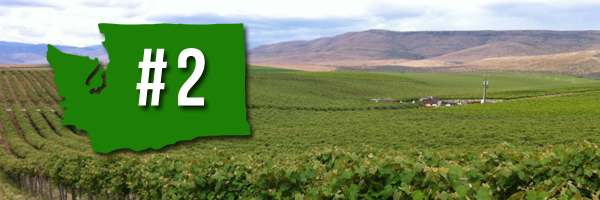
By Agne27 (Own work) [CC BY-SA 3.0], via Wikimedia Commons
1. Washington State is second only to California as the largest producer of premium table wine in America.
Source: Henderson, J. Patrick. About Wine. Boston: Cengage Learning, 2011.
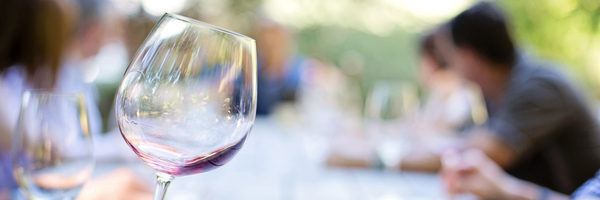
2. In 1970, there were only ten wineries in all of Washington State. Today, there are more than 750!
Source: gotastewine.com
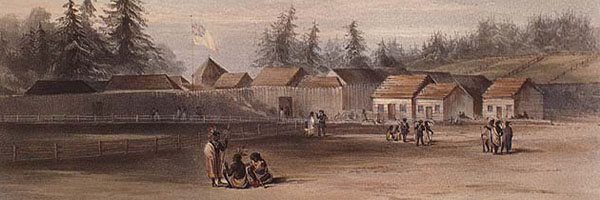
3. The first wine grapes in Washington State were planted at Fort Vancouver as early as 1825
by the Hudson’s Bay Company.
Source: Maltese, William. William Maltese’s Wine Taster’s Diary: Spokane and Pullman, Washington. Rockville: Wildside Press LLC, 2010.
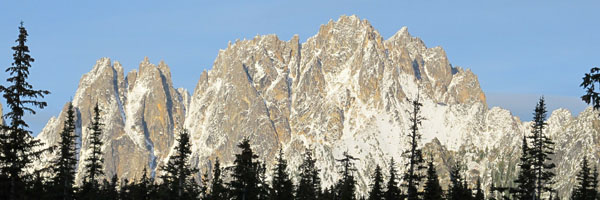
4. 98% of the wine grapes grown in Washington State are east of the Cascade Mountains.
Source: Drake, Albert Nathaniel. Washington State Winemakers: Nature Produces and People Create. Lincoln: iUniverse, 2006.
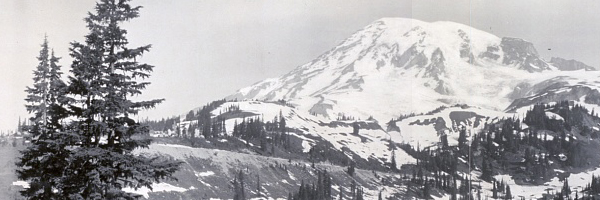
5. These mountains soak up most of the rain from the western part of the state, resulting in
just 7-12 inches of annual precipitation for most Washington State vineyards.
Source: Gregutt, Paul. Washington Wines and Wineries: The Essential Guide. Berkeley: University of California Press, 2010.
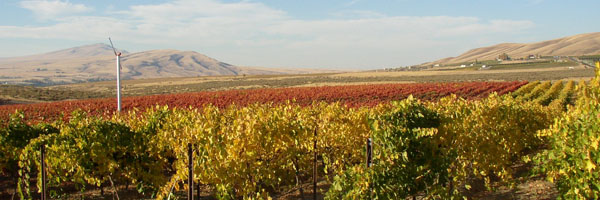
6. Additionally, the vineyards in Washington State receive an average of 17.4 hours of daily sunlight during the growing season – 2 more than in California.
Source: Danehower, Cole. Essential Wines and Wineries of the Pacific Northwest. Portland: Timber Press, 2010.

By Agne27 (Own work) [CC BY-SA 3.0], via Wikimedia Commons
7. The wineries of Washington State are at approximately the same latitude (46-47 degrees) as Bordeaux and Burgundy.
Source: Drake, Albert Nathaniel. Washington State Winemakers: Nature Produces and People Create. Lincoln: iUniverse, 2006.
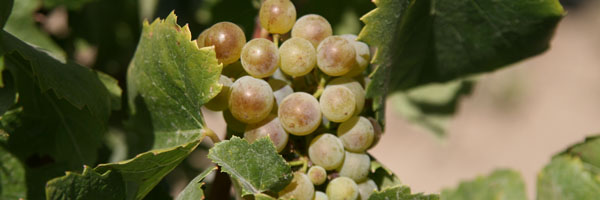
By Bernt Rostad (originally posted to Flickr as Riesling grapes) [CC BY 2.0], via Wikimedia Commons
8. There are more Riesling grapes planted in Washington than any other state in the union.
Source: Zraly, Kevin. Windows on the World Complete Wine Course. New York: Sterling Publishing Company, Inc., 2010.
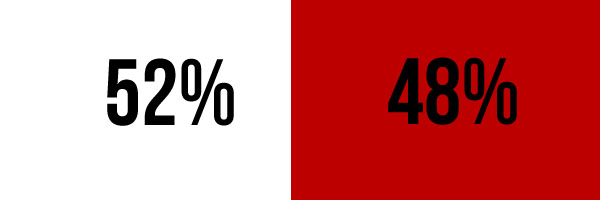
9. As of 2009, the grape ratio in Washington State was 52% white and 48% red.
Source: Danehower, Cole. Essential Wines and Wineries of the Pacific Northwest. Portland: Timber Press, 2010.
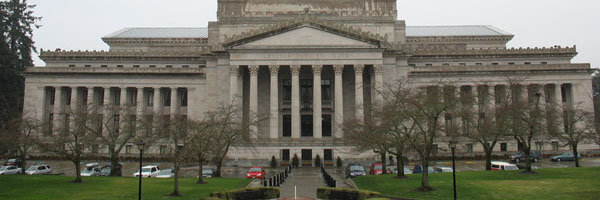
Bluedisk at English Wikipedia [CC BY-SA 3.0 or GFDL], via Wikimedia Commons
10. In 1969, the state legislature eliminated a tax on out-of-state wine, forcing local vineyards to compete, thus improving the quality of their vintages.
Source: Veseth, Mike. Wine Wars: The Curse of the Blue Nun, the Miracle of Two Buck Chuck, and the Revenge of the Terroirists. Lanham: Rowman & Littlefield Publishers, 2011.
You might also like:
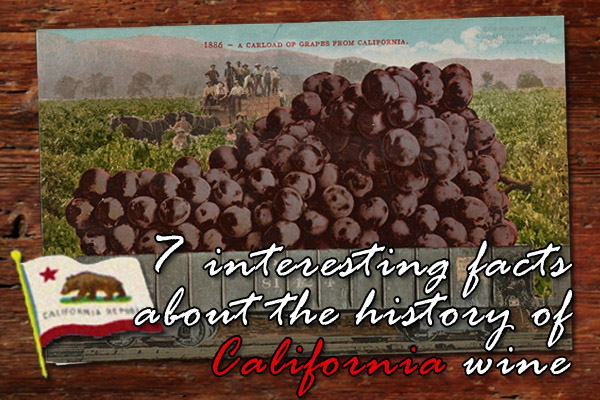 |
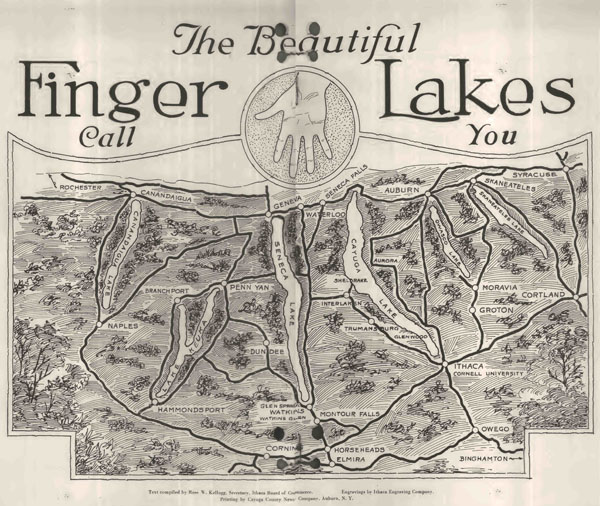 |
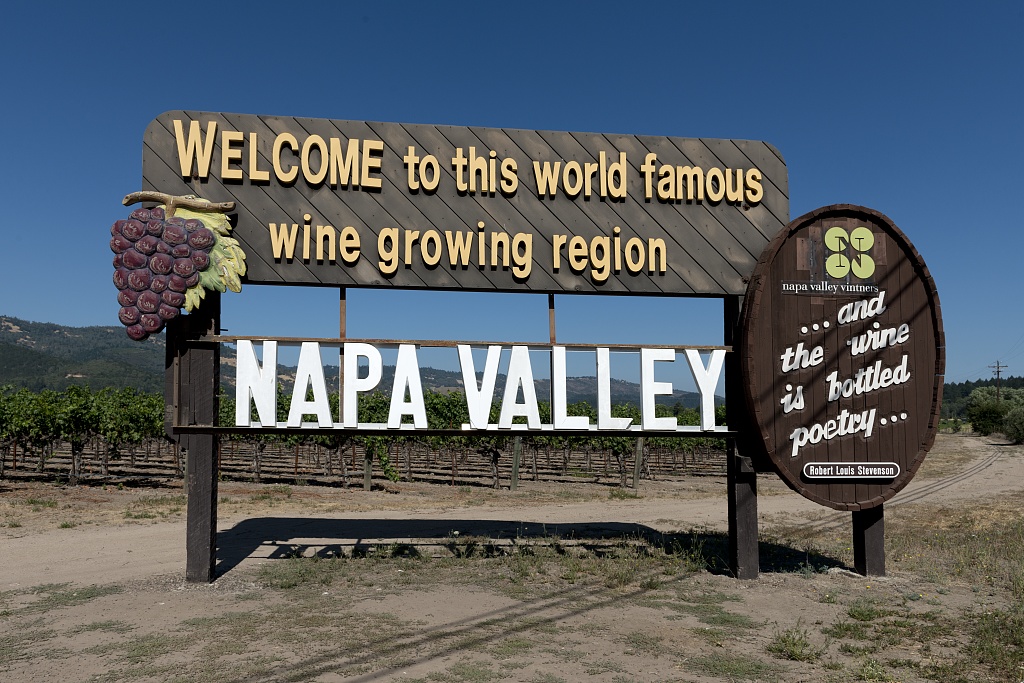 |



